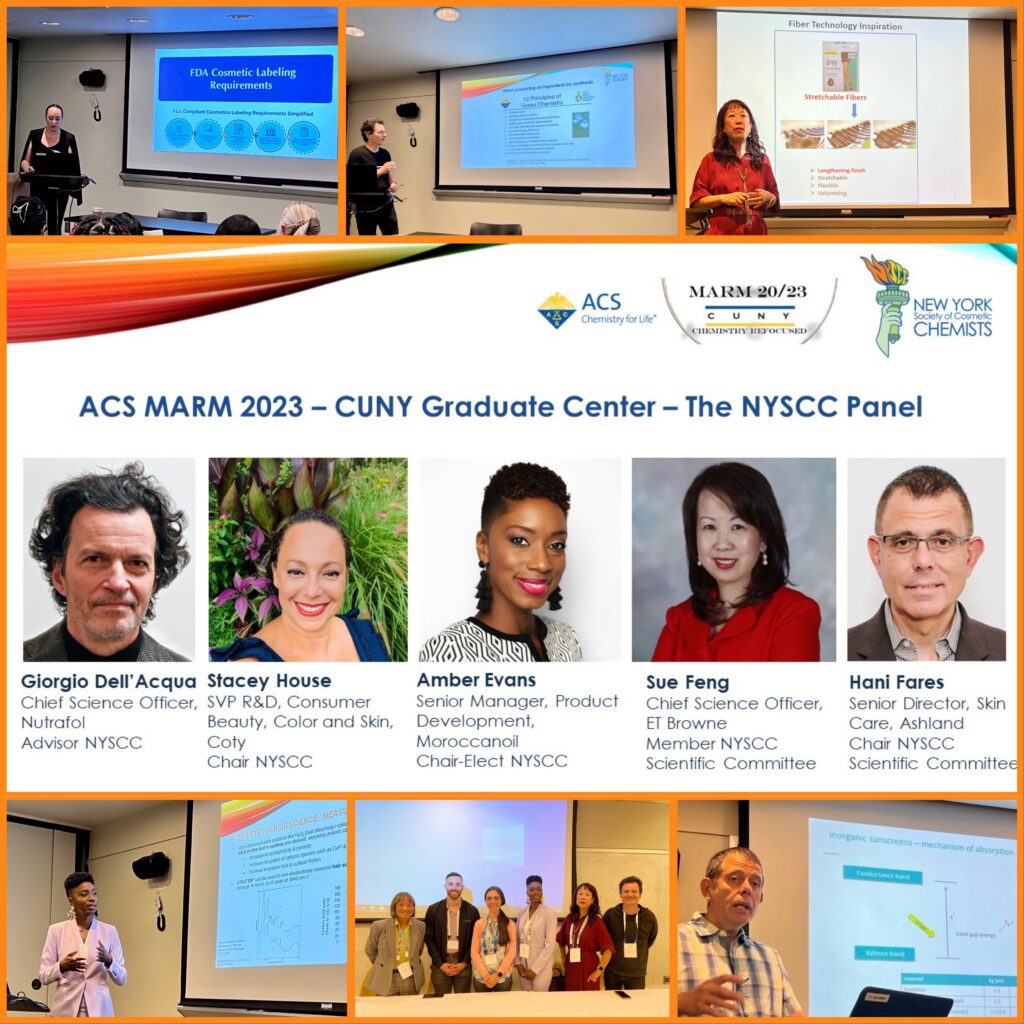
Giorgio Dell’Acqua chairs session featuring Moroccanoil’s Amber Evans, Coty’s Stacey House and other NYSCC executive board and scientific committee members.
The New York Society of Cosmetic Chemists (NYSCC) recently chaired a technical session on cosmetic chemistry during the 51st Middle-Atlantic Regional Meeting of American Chemical Society (ACS) hosted by its New York Chapter, St. John’s University and The Graduate Center of the City University of New York (CUNY). This theme of the meeting was “Chemistry Refocused.” Held June 9-10, it included technical and poster sessions on varied subjects within chemistry, employment programming, workshops as well as a graduate study fair, awards ceremony and more.
The cosmetic chemistry technical session was chaired by Giorgio Dell’Acqua (NYSCC) and attracted more than 75 participants between students and faculty members. It featured members of the NYSCC executive board and scientific committee that presented top cosmetic chemistry topics followed by a panel discussion on career paths in the industry.
Speakers and topics included:
• Dell’Acqua, NYSCC advisor and chief scientific officer, Nutrafol, spoke about “Sourcing and Developing Cosmetic Ingredients Using a Sustainable Approach.”
• Dr. Amber Evans, chair-elect NYSCC and senior manager of product development at Moroccanoil, spoke on “Hair Care & the Chemistry Within.”
• Stacey House, NYSCC chair, and senior VP of R&D consumer beauty, color and skin, Coty and LATAM, discussed “Decoding Ingredient Labels.”
• Dr. Hani Fares, senior director of skincare and oral care at Ashland Specialty Ingredients and chair of the NYSCC Scientific Committee, presented “Formulating Sunscreens.”
• Dr. Sue Feng, chief scientific officer, E.T. Browne’s global research and innovation, and NYSCC scientific committee member, covered, “How Textile Technology Innovations Transfer into Color Cosmetic Formulations.”
The technical session concluded with a panel Q&A on cosmetic chemistry career paths led by Dell’Acqua.
In addition, during MARM, NYSCC members coached students on their resumes during one-on-one review sessions, participated in a career panel with technical professionals from other industries, and engaged with students over their research posters.
“This was an exciting and fruitful outreach program for NYSCC this year. The Chapter will continue to foster relationships with other professional organizations and academia to promote cosmetic science as a strong career path,” said House.

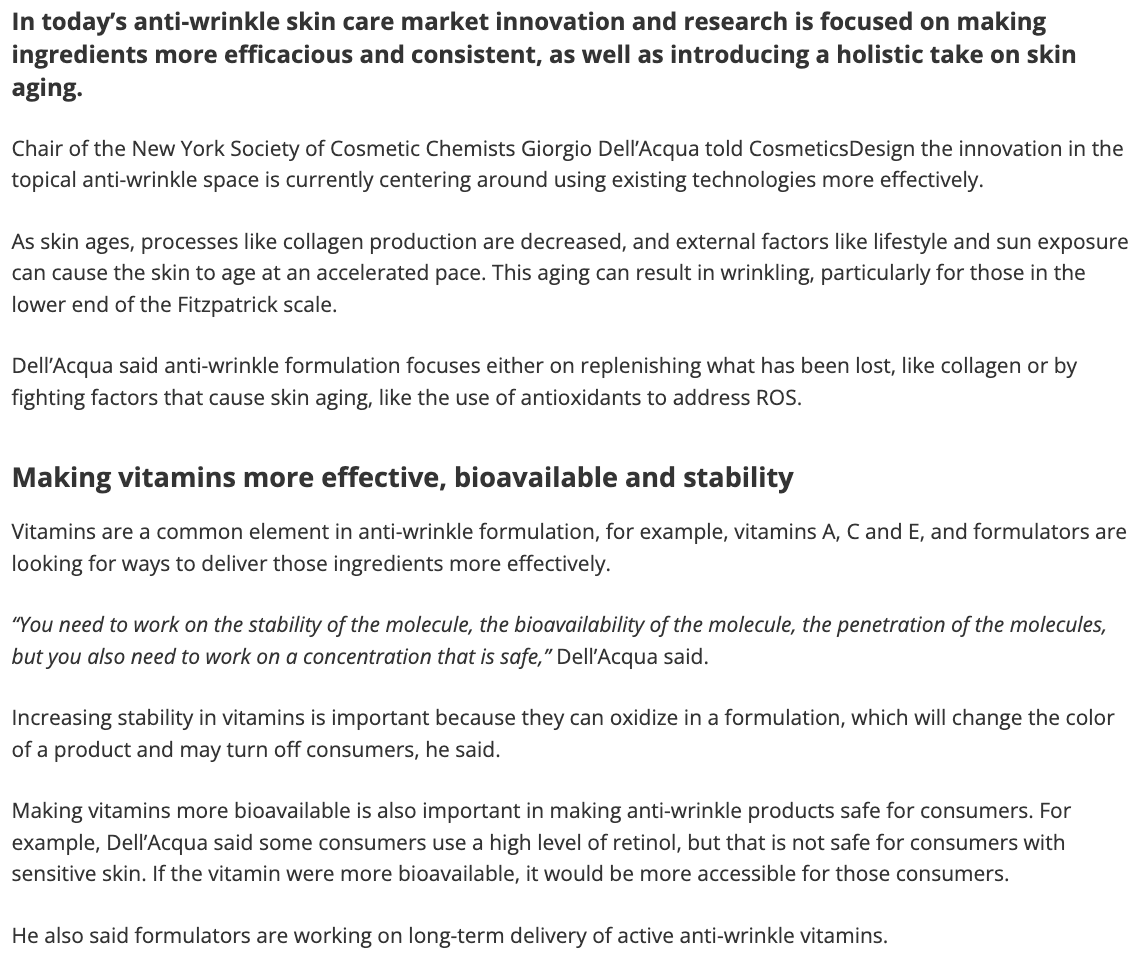
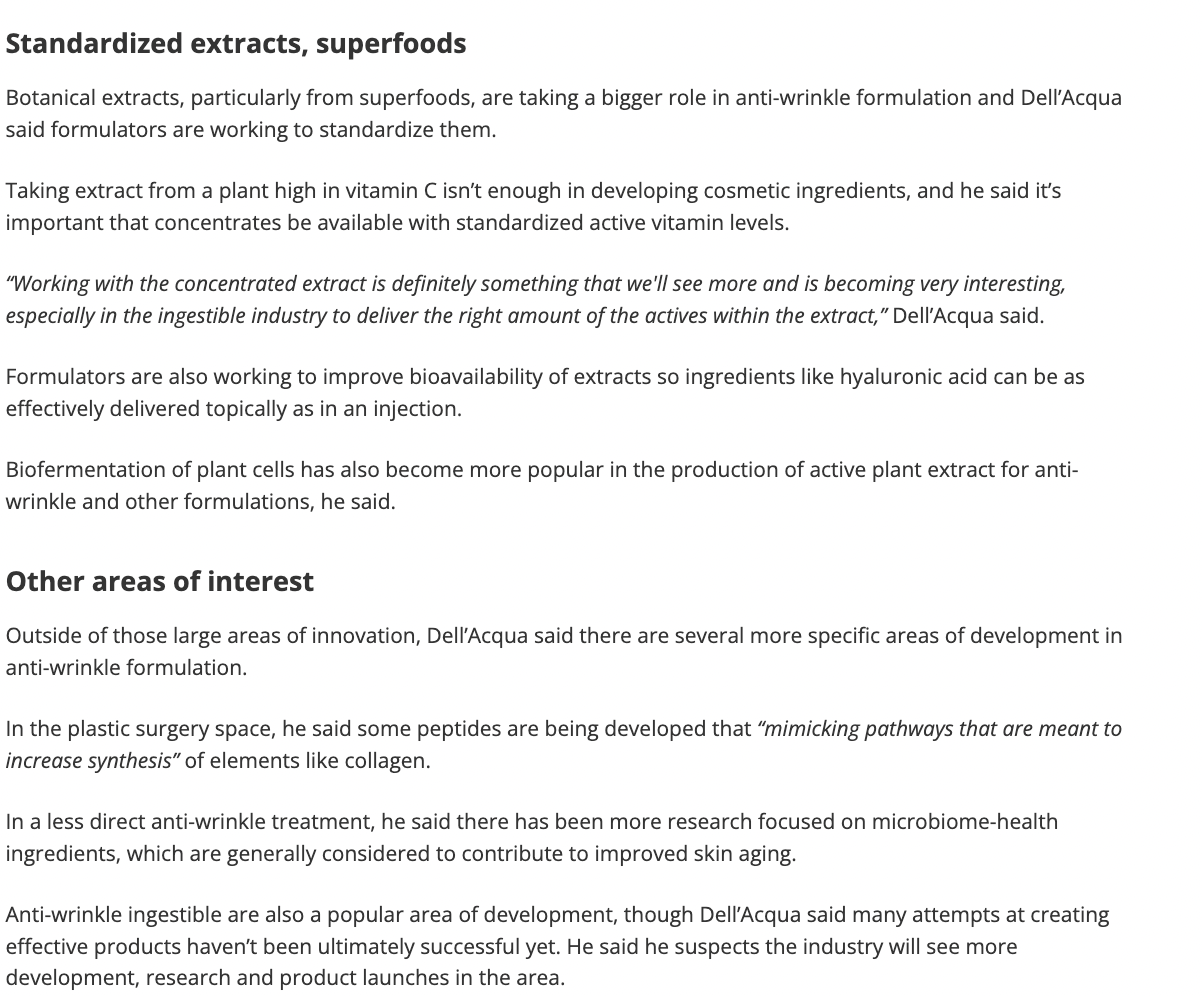


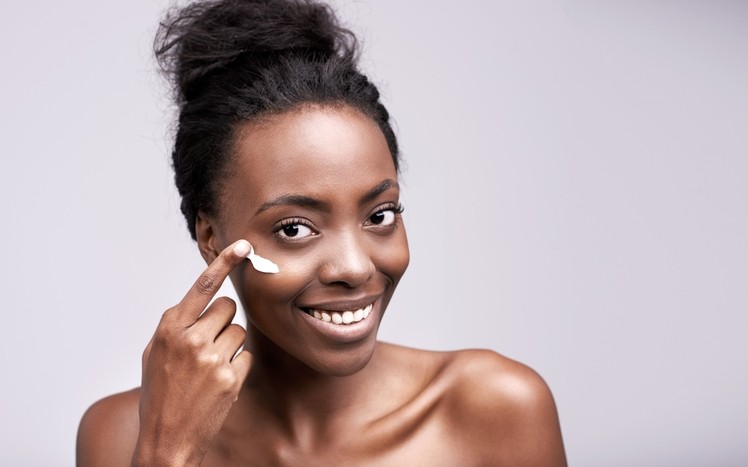
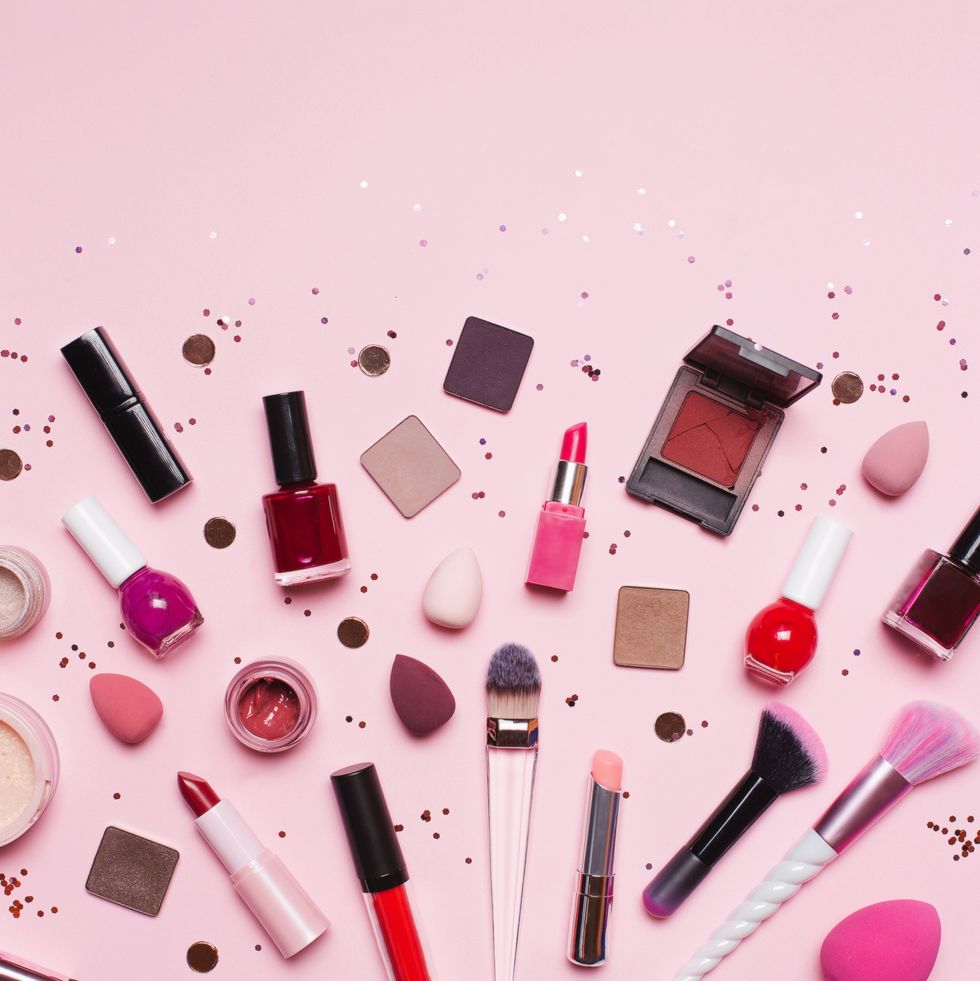
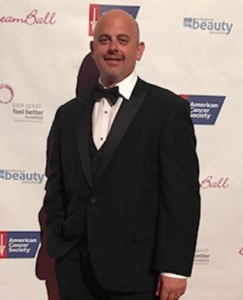

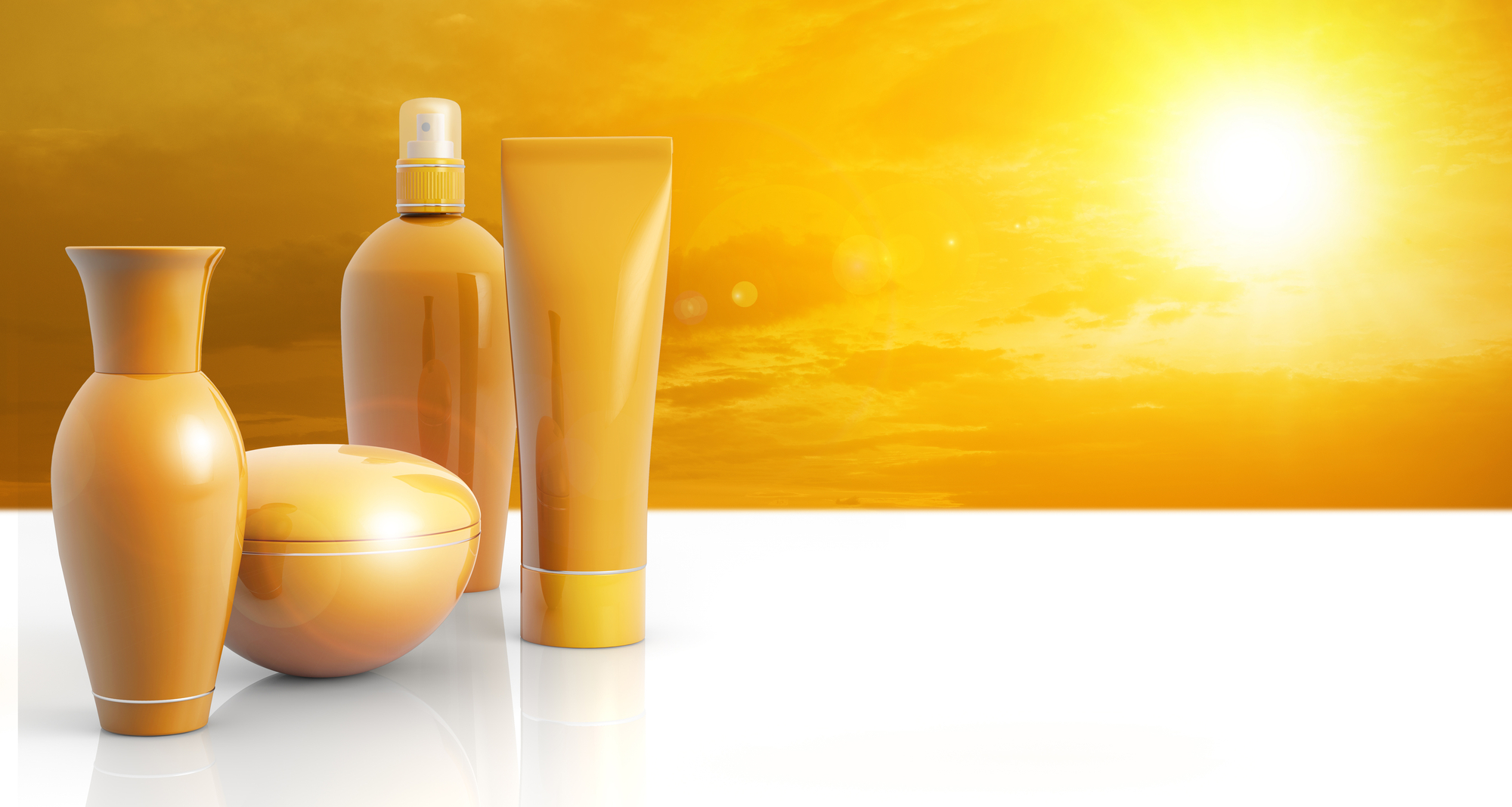
 Howard Epstein is Director of Technical Services for EMD Performance Materials Corporation, Philadelphia, PA., an affiliate of Merck KGaA, Darmstadt, Germany. He was a scholar in residence at the University of Cincinnati department of dermatology and received his Ph.D. in Pharmacognasy from the Union Institute & University in Cincinnati, Ohio during that time. He has been in the cosmetics industry for many years since he began his career formulating cosmetics for Estee Lauder, Maybelline, Max Factor, Bausch & Lomb and Kao Brands. In addition to his interest in botanicals Howard previously served as editor of the Journal of the Society of Cosmetic Science and is a member of the International Academy of Dermatology. He is on the editorial board of the dermatological journals Clinics in
Howard Epstein is Director of Technical Services for EMD Performance Materials Corporation, Philadelphia, PA., an affiliate of Merck KGaA, Darmstadt, Germany. He was a scholar in residence at the University of Cincinnati department of dermatology and received his Ph.D. in Pharmacognasy from the Union Institute & University in Cincinnati, Ohio during that time. He has been in the cosmetics industry for many years since he began his career formulating cosmetics for Estee Lauder, Maybelline, Max Factor, Bausch & Lomb and Kao Brands. In addition to his interest in botanicals Howard previously served as editor of the Journal of the Society of Cosmetic Science and is a member of the International Academy of Dermatology. He is on the editorial board of the dermatological journals Clinics in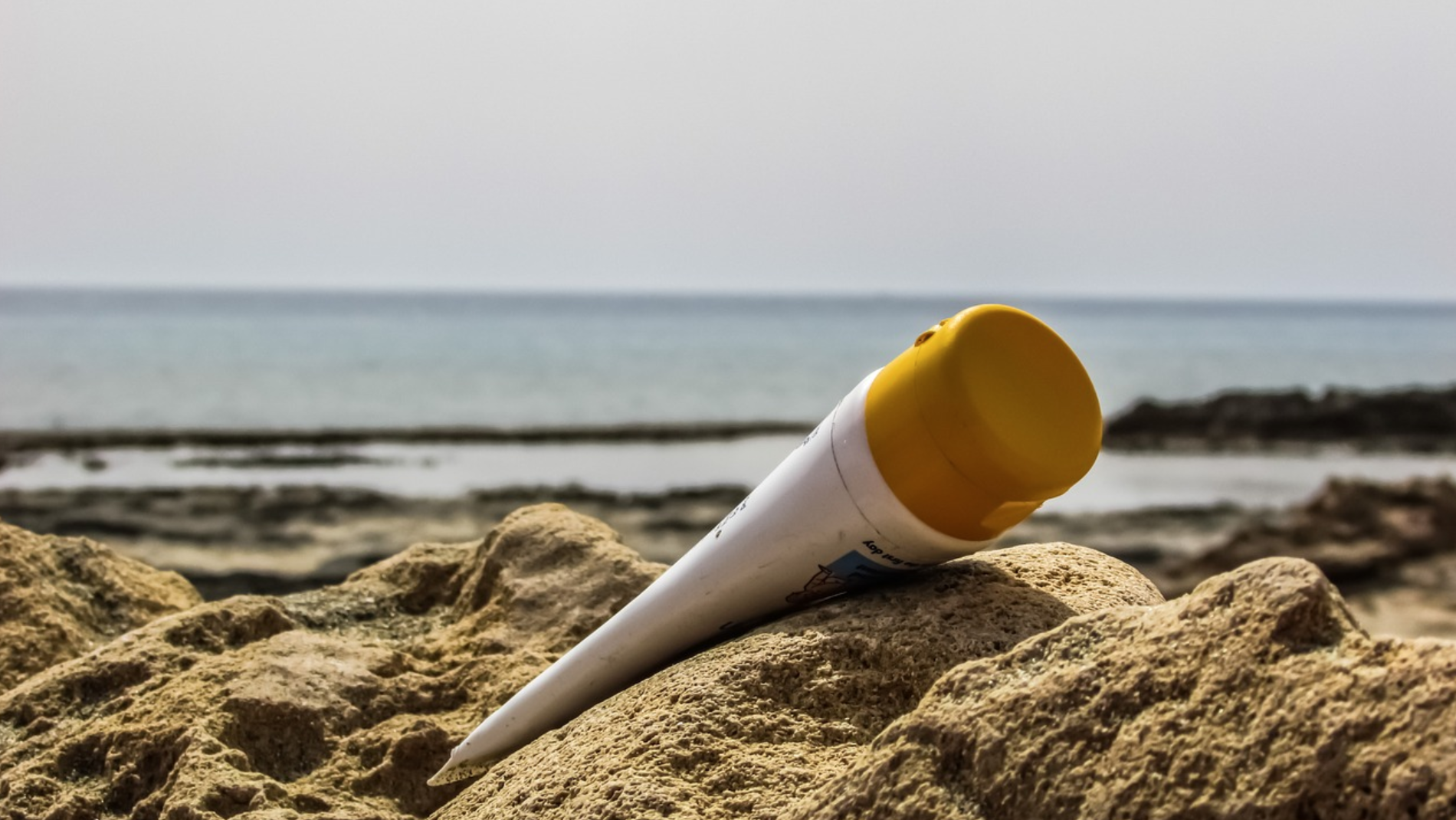
 Biography
Biography